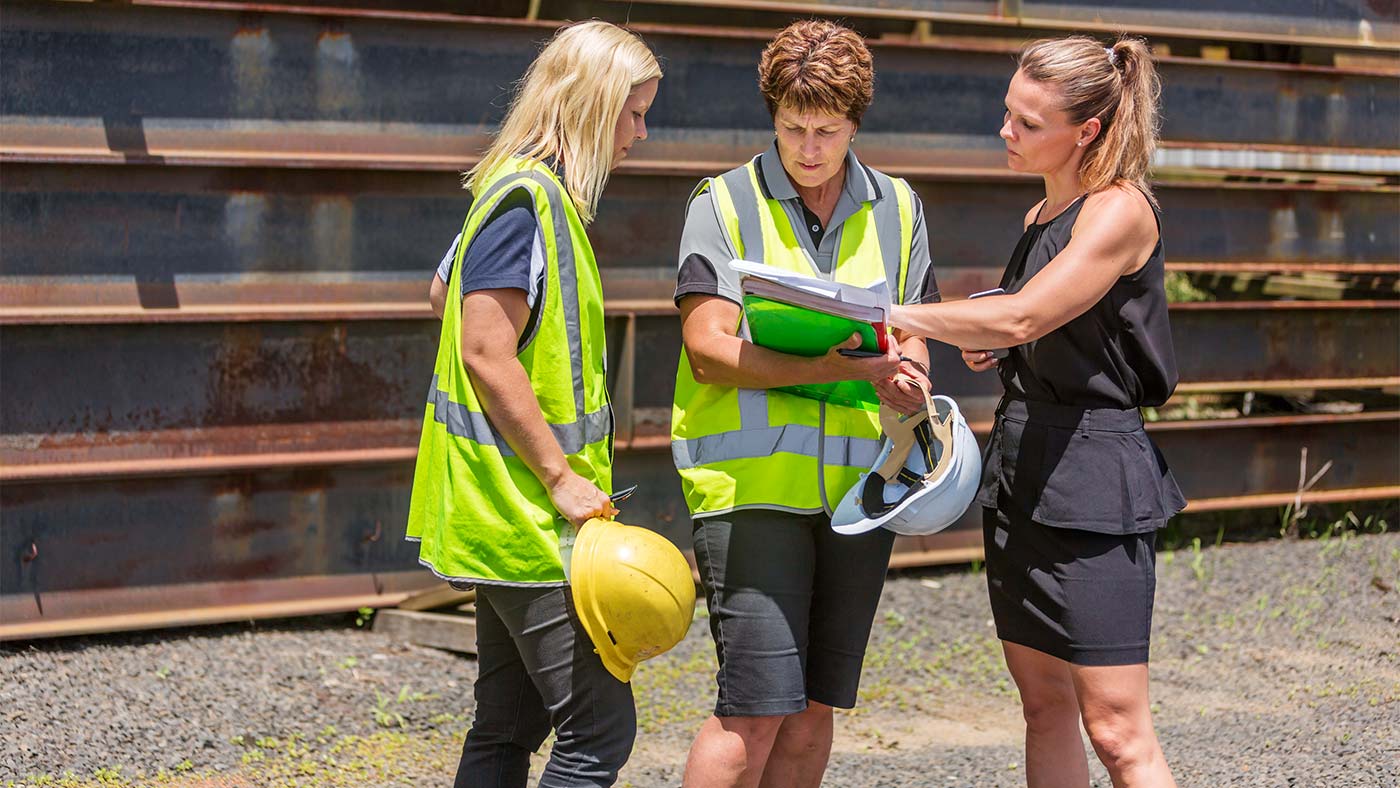Tips on breaking down barriers for women in the construction industry
Did you know that the proportion of women working in the construction industry has fallen over the past 20 years from 13.8 per cent in 1998 to just 12 per cent in 2018?

The fall in the proportion of women working in the construction industry was apparent in the Gender Segregation in Australia's Workforce report from the Workplace Gender Equality Agency.
Construction continues to be the most male-dominated industry in Australia. Most industries are striving to dismantle gender norms and are moving towards equality, so why exactly is the construction industry gender gap lagging?
According to Dr Carnemolla, a Senior Research Fellow at the University of Technology Sydney, there are several barriers to entering the construction sector which range from social, economic, exclusionary industry practices. The reasons women leave the sector are equally diverse and range from a lack of flexibility and progression, poor parental leave practices and a tolerance of sexism according to Infrastructure magazine's article Breaking barriers for women in construction.
How to break down barriers in your workplace
Bridge skill gaps
With the construction industry needing to employ over 300,000 apprentices and independent contractors over the next decade, instead of hiring workers from overseas, employers should look at the large untapped pool of potential female apprentices and recruits.
Increased awareness
Encourage and collaborate with schools to help educate children from an earlier age about the opportunities available for females in the construction sector. School leavers can then be better informed about considering it as an option for their tertiary studies.
Review of recruitment practices
According to a study on Demolishing Gender Structures completed by Dr Galea and colleagues of UNSW, men are more likely to secure employment through more ‘informal’ channels of recruitment such as industry connections and sporting teams, whilst women need to go through online applications, limiting their opportunities.
Open communication
Creating a safe and open communication network where women feel comfortable and supported when raising concerns at work.
Greater diversity
A more diverse workforce will help boost innovation and productivity. Studies consistently show that a diverse workforce brings in fresh ideas and better work outcomes.

